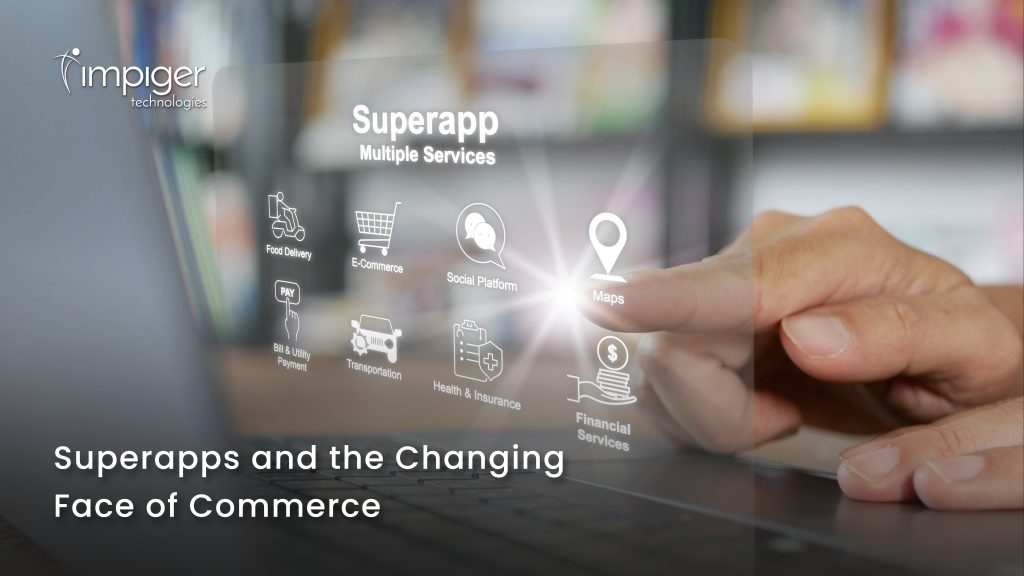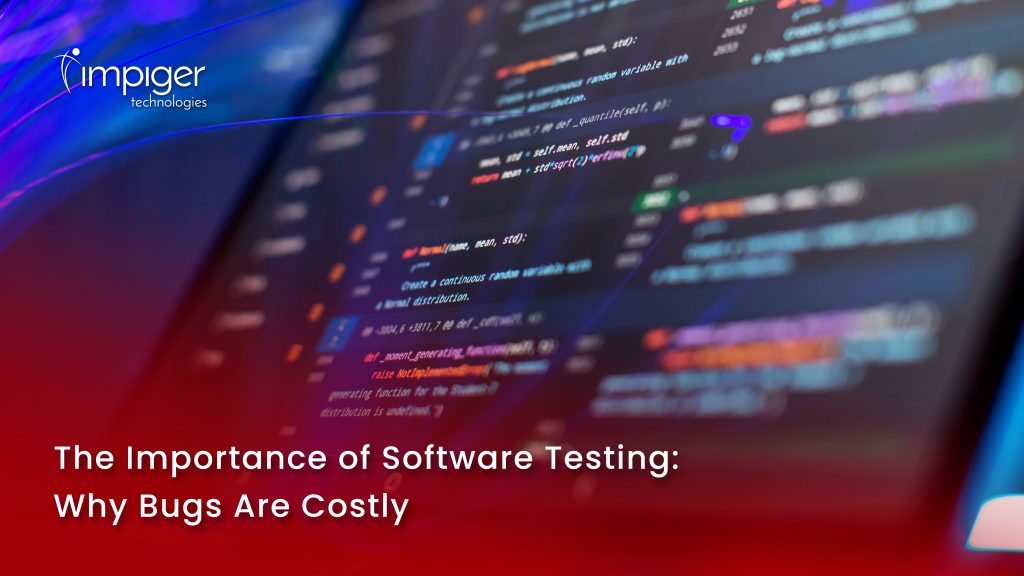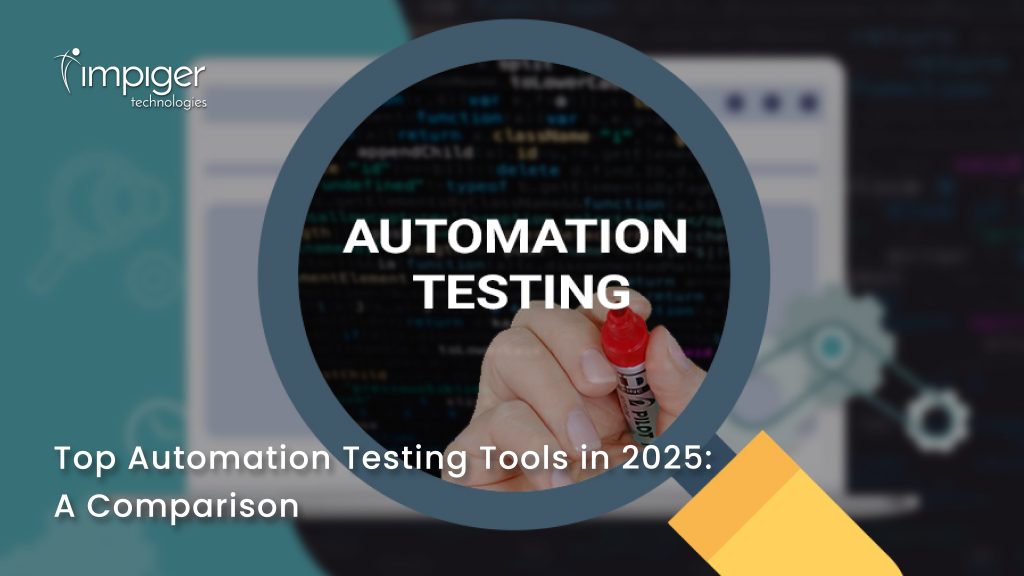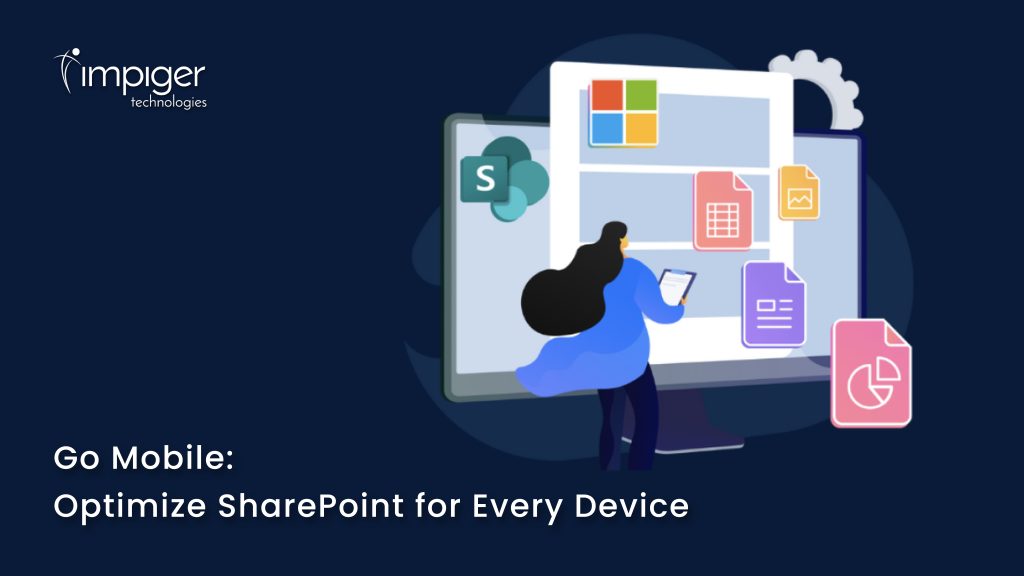In the ever-evolving world of IT, managing your infrastructure is like keeping a giant puzzle intact. With multiple interconnected pieces—ranging from servers and software to databases and network devices—knowing what’s where, and how it all fits together, is crucial. This is where Service Asset and Configuration Management (SACM) steps in, ensuring that your IT landscape stays organized, efficient, and ready to adapt to changes.
But why does SACM matter so much for your IT infrastructure? Let’s dive in.
What is SACM?
Service Asset and Configuration Management is a fundamental part of IT Service Management (ITSM) that focuses on managing and maintaining accurate records of all IT assets and configuration items (CIs) within an organization. Think of SACM as the backbone of your IT infrastructure—it provides detailed visibility into every asset and how it connects to the broader IT environment.
Here’s why it’s a game-changer:
- Visibility into Your IT Ecosystem
With SACM, organizations have a clear, centralized view of every IT asset—from servers and applications to network devices and databases. SACM tracks each configuration item (CI) across its lifecycle, including details like ownership, version, dependencies, and relationships. This visibility ensures that you know exactly what’s in your environment, where it’s located, and how it interacts with other systems. - Better Decision-Making
Knowledge is power, and SACM empowers IT teams to make better decisions by providing accurate, real-time data. When a new application or server needs to be deployed, IT leaders can assess existing resources, identify potential risks, and plan upgrades or changes with confidence. With SACM, you’re not just reacting to problems—you’re proactively planning for the future.
The Crucial Role SACM Plays in IT Infrastructure
In today’s IT-driven world, businesses rely on a vast network of assets, systems, and services. SACM plays an essential role in making sure all of these components are working together smoothly. Here’s how SACM contributes to IT infrastructure management:
- Preventing Downtime and Disruptions
One of the biggest headaches for IT teams is unexpected service disruptions. SACM minimizes this risk by providing a detailed map of how different configuration items interact. When a change is made to one component, SACM can identify which other assets will be affected, allowing teams to take precautionary measures. This reduces the likelihood of unplanned downtime and ensures business continuity. - Improved Incident and Problem Management
SACM shines when it comes to incident management. If a service outage occurs, SACM enables IT teams to quickly identify which assets or configurations are causing the issue. It also helps trace the root cause of recurring problems, leading to faster resolution times and minimizing the impact on users. In short, SACM takes the guesswork out of troubleshooting. - Compliance and Audit Readiness
Maintaining compliance in industries like finance, healthcare, or government is no easy feat. SACM ensures that organizations meet regulatory requirements by keeping accurate and up-to-date records of all IT assets. Whether it’s software licenses or hardware upgrades, SACM provides an audit trail that proves assets are being managed responsibly. This reduces the risk of non-compliance penalties and ensures a smooth audit process. - Cost Optimization
IT assets represent a significant investment for any organization. Without proper oversight, assets can go underutilized or, worse, be forgotten entirely. SACM helps optimize costs by providing a clear picture of all available resources. IT teams can make informed decisions about reallocating underutilized assets, retiring outdated hardware, or identifying cost-saving opportunities. When you know exactly what you have, you can ensure you’re getting the most value from your investments.
Key Elements of SACM: Assets and Configuration Items
At the core of SACM are assets and configuration items (CIs). Let’s break these down:
- Assets refer to any item that adds value to your IT environment, such as hardware, software, licenses, and network devices. Assets are the building blocks of your infrastructure and require careful management throughout their lifecycle.
- Configuration Items (CIs) are the components within your IT environment that can be configured to deliver a service. This includes software, hardware, databases, and even documentation. SACM tracks not just individual assets but also the relationships between them, allowing teams to see how changes to one CI will impact the entire infrastructure.
How SACM Drives Digital Transformation
As organizations embrace digital transformation, the complexity of IT environments grows exponentially. More devices, more cloud services, and more applications lead to an increasingly intricate web of configurations. SACM plays a crucial role in supporting this transformation by providing:
- End-to-End Visibility: From on-premises servers to cloud infrastructure, SACM helps manage hybrid IT environments by giving teams the ability to see and control the entire infrastructure from one central location.
- Agility in Managing Change: With digital transformation comes frequent change. SACM allows businesses to handle changes quickly and efficiently, with minimal disruption to services. Whether scaling up cloud resources or deploying new applications, SACM keeps everything aligned.
- Enhanced Security: SACM helps organizations strengthen their security posture by keeping track of who owns what, where vulnerabilities might exist, and whether patches and updates are applied. It allows IT teams to act faster in mitigating risks and ensuring compliance.
Final Thoughts: Why SACM is Essential for Your IT Infrastructure
SACM is much more than an inventory list—it’s the pulse of your IT infrastructure. By providing a clear view of every asset and configuration, SACM helps you manage risk, ensure compliance, and drive smarter decisions. Whether you’re a small business or a large enterprise, investing in SACM is crucial for maintaining a robust, agile, and cost-effective IT environment.
Ready to elevate your IT management strategy? Let SACM help you connect the dots in your IT puzzle—so you can focus on innovation, growth, and delivering exceptional services.











